Everything You Need to Know Before Buying a Mini Cooper S
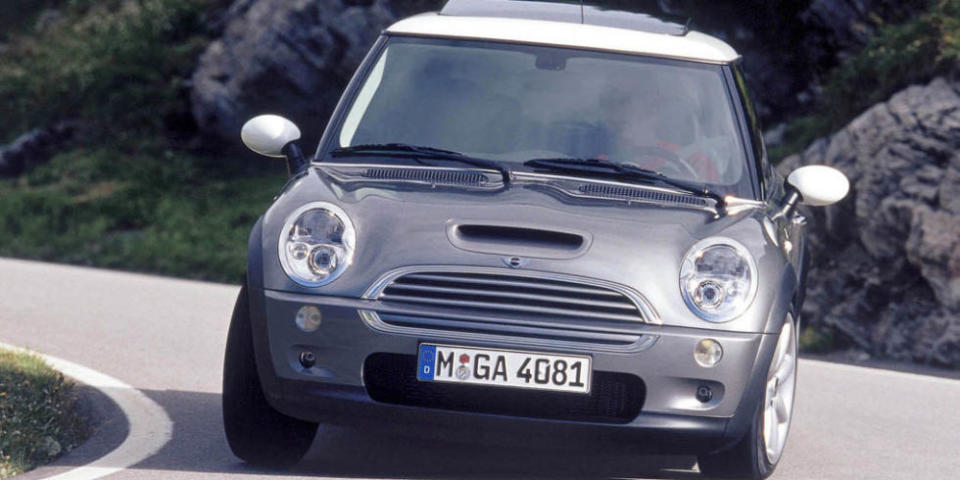
At the risk of being accused of fat-shaming, the new Mini Cooper S is a bit of a porker. If the Austin/Morris original yipped through the corners like a terrier after a rat, then the current iteration just sits there, gawping like a gaffed grouper. There's more power, more comfort, and more speed, but the Fiesta ST makes a better Mini than this modern Bimmer-built heffalump.
However, BMW's first efforts at recreating the charm of Britain's giant-killing scrapper were actually pretty good. Built from 2001 and available from 2002 in North America, the R53-chassis Cooper S has aged surprisingly well. Yes, it's bigger than the 1960s swinger, but the early Frank Stephenson design just keeps looking better as modern traffic gets ever more overwrought.
The early-2000s Cooper S also drives better, thanks to a zippy supercharged engine, great steering, and willing chassis. It's not what you'd call reliable – one almost wonders if BMW had a few technicians wandering around randomly loosening screws on the assembly line to more authentically recreate the British Motoring Experience. However, any time you meet an owner, they seem only too happy to both damn and praise their little car in equal measure. The R53 Mini Cooper S is a machine that stirs the emotions: fondness, frustration, and pure driving joy. Here's how to find room for a Mini in your life.
What to look for:
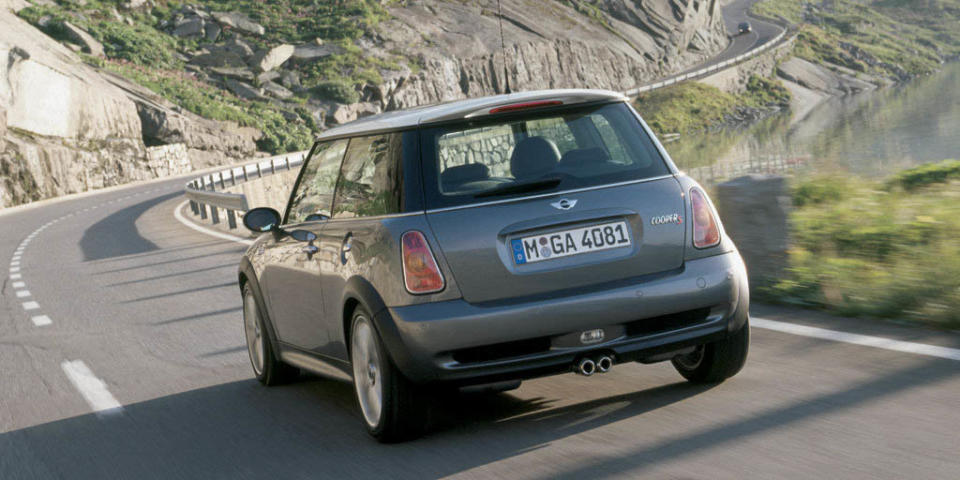
The word timeless gets thrown around far too frequently, but more than a decade on since its introduction, the 2002-2006 Cooper S does genuinely look fresh. Its designer, the aforementioned Frank Stephenson, is a bit of a genius in that regard, having also penned the Maserati MC12, the Ferrari F430, the Maserati Quattroporte, and adapted the Fiat 500 concept into production form.
As an all-new car built in a new factory, the first batch of Minis were semi-disastrous. Rattles, creaking, suspension misalignment, and mechanical failures were all common in the first year. Just like the good old days, eh, chums? Hand me that spanner.
Happily, America didn't get the first year cars, and by the 2002 model year, many issues were sorted out (not all issues, mind you – more on that later). The Cooper S arrived in 2002 with a supercharged 1.6L four-cylinder engine making 163hp and 155lb-ft of torque. Curb weight was just above 2600lbs, and a six-speed manual transmission was the only option. Twin center-mounted exhaust pipes out back and a hoodscoop up front let everyone know that this was more than just a cutesy retro-hatch.
Compared to the standard Cooper, supercharging created some packaging issues, requiring the battery to be relocated to the trunk and removing the spare tire. BMW simply added run-flat tires and a small aerosol puncture kit as a fix; if you're looking at a used car, the likelihood is that the owner may have swapped over to cheaper conventional tires.
Same as what used to be the rule with Porsches, the R53 Cooper S you want is the newest one your budget can support. Each model year comes with minor improvements to both power and reliability, all the way up to the very rare GP model in 2006.
ECU upgrades in late 2002 improved driveability for the Cooper S (most early cars will have been reflashed by dealers), and by 2003 BMW had eliminated a lurching issue in third-gear when the a/c was running. US-spec dampers are a little softer than in the rest of the world, but handling doesn't seem compromised.
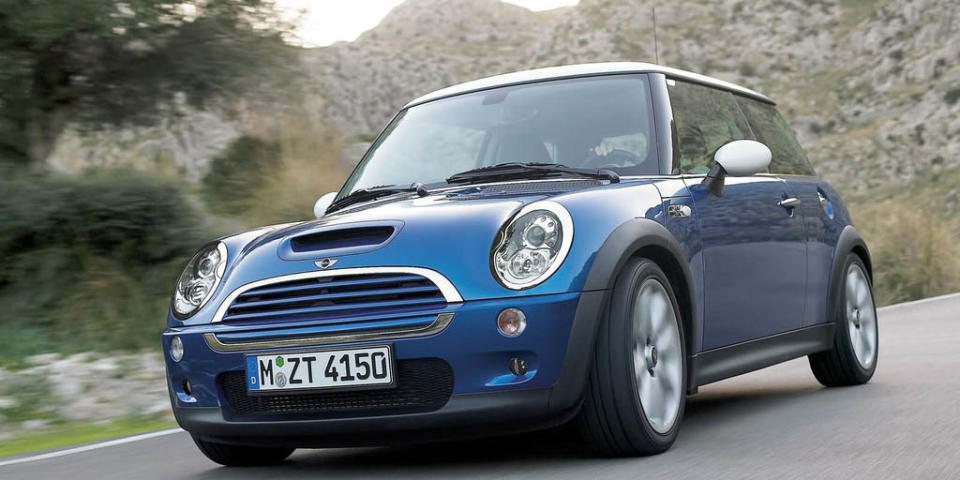
2004 brought a mild facelift for all Mini variants, and the John Cooper Works package became available for the first time. A dealer-installed option, the JCW kit was eye-wateringly expensive and provided only a mild bump at first – up to 197hp in its first year. Later versions saw increases to 210hp and eventually 215hp.
The last two years of the R53 are the most desirable. BMW changed out all kinds of mechanical items, including upgrading the supercharger, changing out the ECU and exhaust, and shortening up the gear ratios. As a result, the '05 Cooper S is much quicker in a straight line than its predecessors, and a new optional limited slip made it quicker on corner exit too. Power was up to 170hp.
Less fun for the enthusiast driver, but worth a mention, are the introduction of the convertible version of the Cooper S, as well as a six-speed Aisin automatic gearbox. The best that can be said about this is that it's less failure-prone than the unmitigated disaster of the base Cooper's CVT, but we still can't recommend the auto.
2005 also saw a few changes to the look of the Cooper S, including the now-familiar halo-style HID headlights. The interior is also slightly less prone to rattling.
In its final year, the R53 got a few special-edition models and unique cosmetic upgrades, but there's really no advantage to buying an '06 over an '05 apart from mileage and condition. Note, however, that late production cars come with larger lug bolt holes, so getting aftermarket wheels to fit might be an issue.
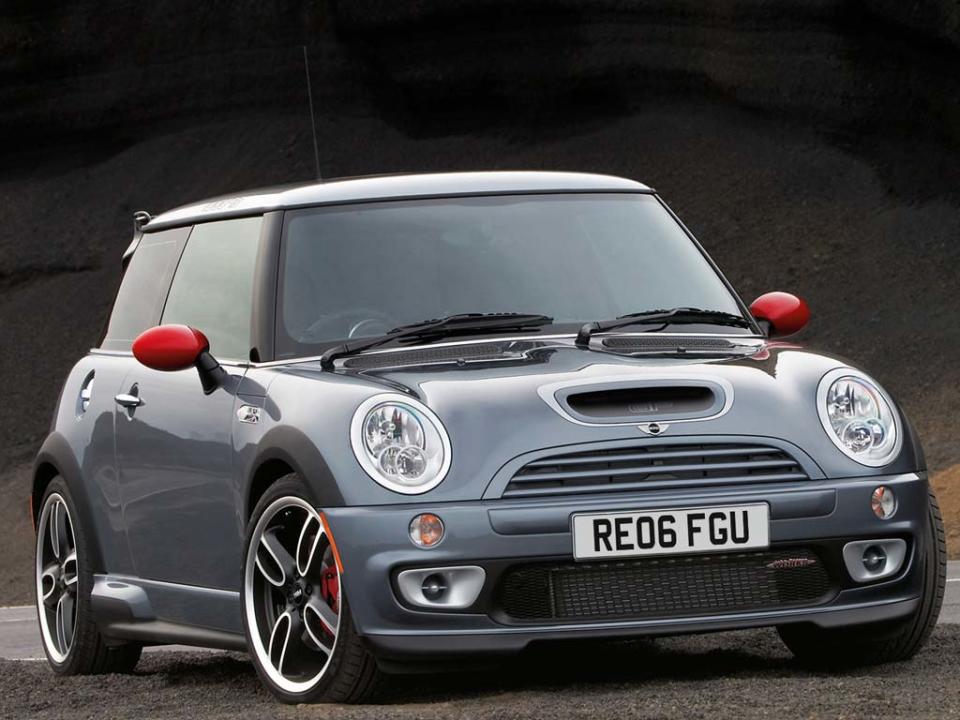
Worth a mention is the very rare 2006 John Cooper Works GP, which are almost never for sale and fetch a huge premium when they do show up. Everything about this last-hurrah is unique, and it blends some of the suspension and aerodynamic enhancements of the next-generation car with the rawness of the early Mini. It's the ultimate R53, but expect to pay through the nose for one.
What to avoid:
Where to start? As we've noted, the newer the Mini, the better: these are pretty complicated little cars and you can expect to pay BMW parts prices when things go wrong. The original British Leyland product usually started if you threatened it with a large enough hammer, but this semi-Germanic version is a bit more prone to fritzing out.
Even though this is a guide to the Cooper S, it's still worth re-broadcasting that the base Cooper's CVT is not a transmission to be set aside lightly; instead, it should be flung into the nearest dumpster with great force. When you finally find your perfect R53, it's your job to make sure no friend ever buys one of those fragile continuously terrible transmissions.
Where the Cooper S is concerned, there are a number of continual failures to watch out for. The radiator expansion tanks on all R53s might as well be made out of Wensleydale cheese for all their durability. They are reliable, in that you may reliably expect them to crack and leak. Replace before attempting a road trip.
Minis also leak oil, which is a nice way for BMW to honor English automaking traditions. The crank seal is a particular problem, but the oil pan gasket can start seeping too. The former is a bit more insidious, as you may not notice the oil leaking out, it has a tendency to run down the front of the block and blow away when driving. Keep an eye on your oil level.
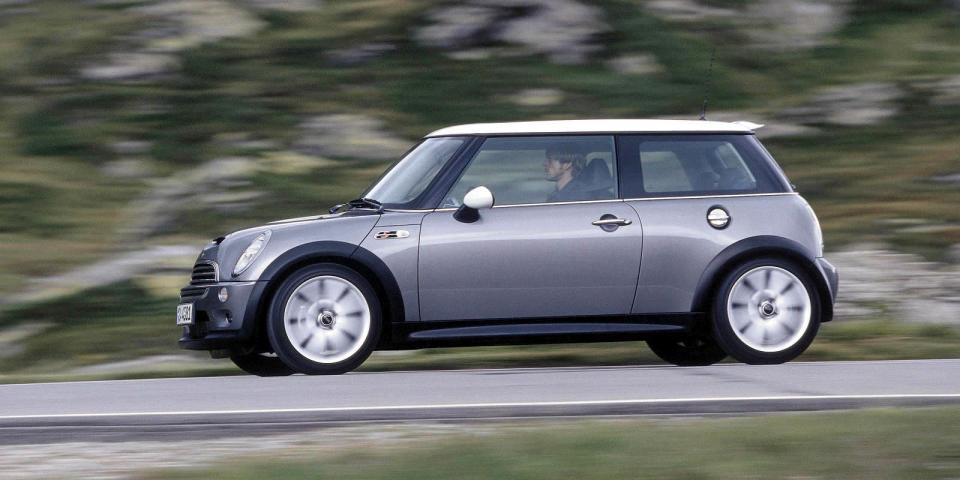
Aside from rattles and creaks and periodic electrical gremlins, one of the really serious issues to watch out for is mushrooming shock towers. Because the Cooper S comes with such a rigid suspension, the sheetmetal can take a real beating from rough roads. While there doesn't seem to be any easy solution to avoiding the issue, you can partially protect yourself by fitting better-performing struts, and running a 16" or smaller wheel with a non-runflat tire. The reduced unsprung weight will probably make you quicker anyway.
While 2005 and 2006 models are better in many small ways than the earlier years of the R53, they do have a few specific trouble spots. Watch for failure of the engine mounts, and also test carefully to see if you get clutch chatter when coming off the line.
Rust, another Authentic British Characteristic (TM), should be watched for in all Mini variants, specifically in the door sills and under the hood. The latter was caused by a lack of proper padding in early cars, leading to the paint getting rubbed off.
And, as usual, any Mini you're considering should be subjected to a pre-purchase inspection. Happily, your local BMW dealer can probably handle this for you, even if you don't have a Mini-specific dealer outlet in the area.
A note on modifications:
The Mini brand provides a great deal of cosmetic customization from the get-go, but that's not enough for many people. Adding on factory-approved JCW bits and pieces after the fact is popular, but the Mini also has a relatively large aftermarket.
Like all forced induction cars, the R53 responds well to basic breathing modifications like a bigger intake and exhaust. Gains are pretty mild, in the 5-10hp range, but giving your Mini a bit more snarl is good fun–and if a Mini isn't about grins, then what car is?
One less expensive way to unlock a tiny bit of power and get a bit more rumble from those twin center-exit exhausts is to perform the "one-ball" modification. Essentially, you just bypass the passenger's side muffler entirely, leaving just one factory muffler in place. Mini fans are nuts.
For more noticeable power, reducing the size of the supercharger pulley can net gains in the 15-25hp range. Add in a set of colder spark plugs to help prevent detonation, and you've got a little pocket rocket that'll challenge the JCW-badged offerings.
Community:
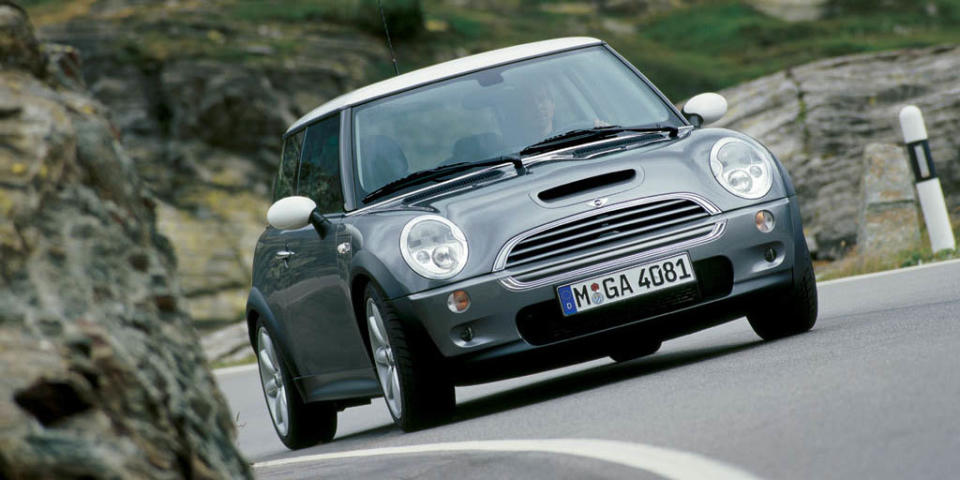
One of the more unusual things about the Mini community is how divided it is. Classic Mini owners tend to look down their noses at the modern retro-look cars, but even in the latter there's the same kind of jostling for position that you see among M3 owners. The R53 guys seem to turn their noses up at owners of the later generations for sacrificing rawness for comfort. The more things change, the more they stay the same.
Having said that, even though the newest R53s are now a decade old, there's still a huge fan following for this little car. Forums like NorthAmericanMotoring and MiniTorque provide great resources on how to troubleshoot small problems, and do much of your own maintenance.
While it's far more complex than the people-mover original, the R53 Cooper S is still the kind of car that gets more rewarding the more willing you are to get your hands dirty. It's not quite a classic, but as the modern variants gain heft at the expense of delight, it's the closest you can get while still having some crash protection.

 Yahoo Autos
Yahoo Autos 